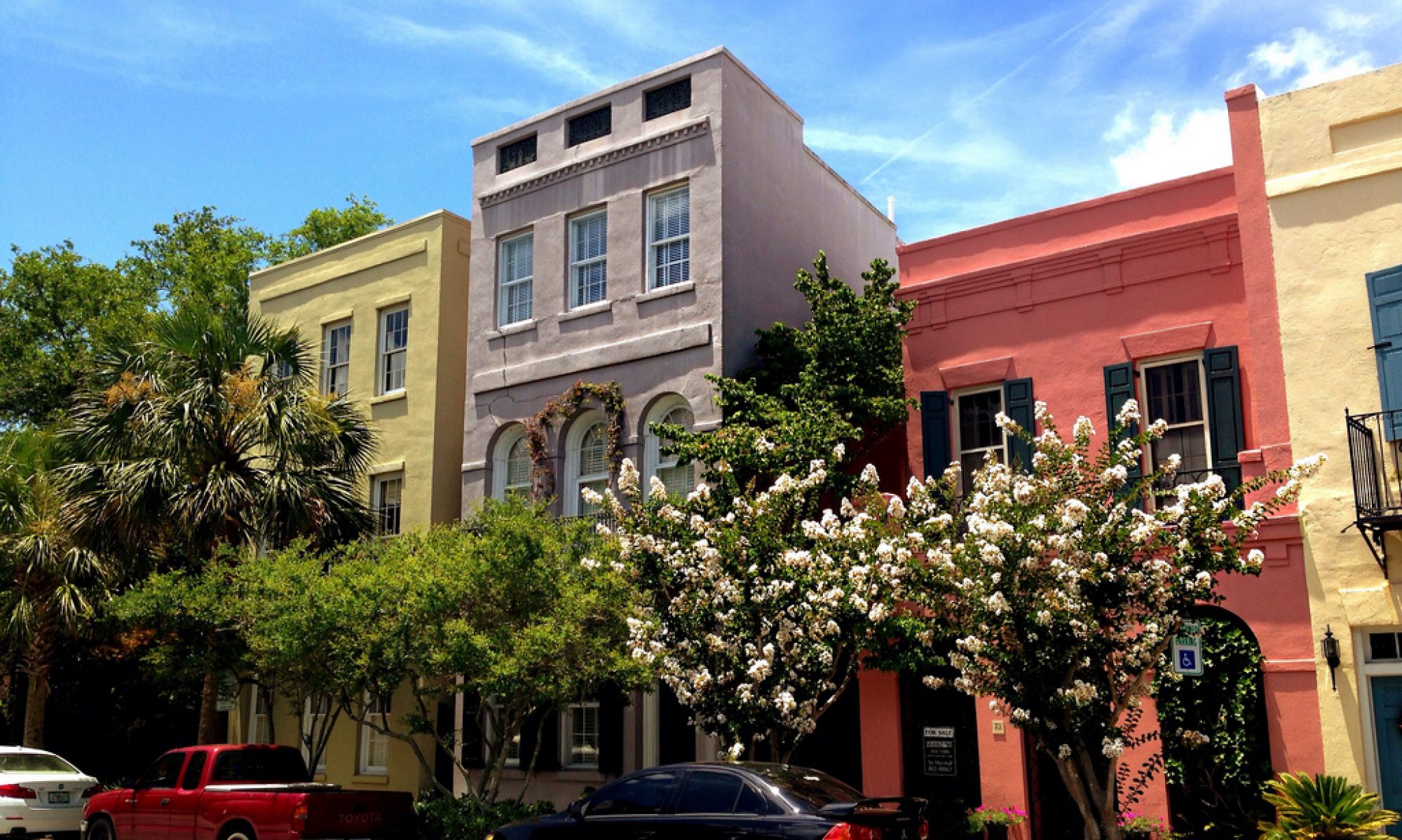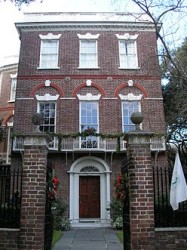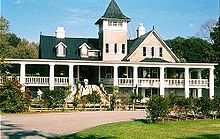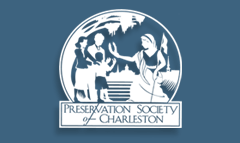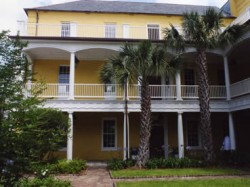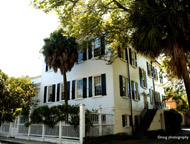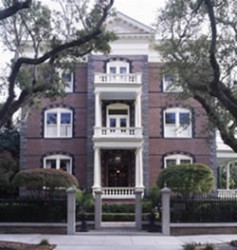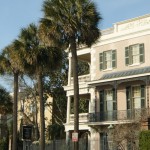A National Historic Landmark
Picture Source – Wikipedia
51 Meeting Street Charleston, SC 29401 843-724-8481 bit.ly/8I2d1U‘Since 1808, visitors have admired the grand Federal townhouse of Charleston merchant Nathaniel Russell.
Set amid spacious formal gardens, the Nathaniel Russell House is a National Historic Landmark and is widely recognized as one of America’s most important neoclassical dwellings.
The graceful interior with elaborate plasterwork ornamentation, geometrically shaped rooms and a magnificent free-flying staircase are among the most exuberant ever created in early America.
Located in Downtown Charleston near High Battery, the house is furnished with period antiques and works of art that evoke the gracious lifestyle of the city’s merchant elite.
Today the Nathaniel Russell House interprets the lives of the Russell family, as well as the African American slaves and artisans who were responsible for maintaining one of the South’s grandest antebellum townhouses.’
Source – HistoricCharleston.org Nathaniel Russell House Website.
